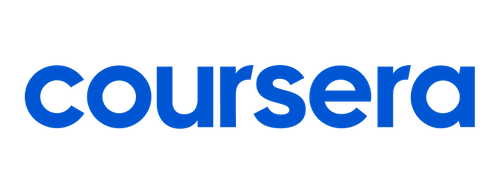Become an EMT Specialization by Coursera
Course Features
Duration
7 months
Delivery Method
Online
Available on
Limited Access
Accessibility
Desktop, Laptop
Language
English
Subtitles
English
Level
Beginner
Effort
3 hours per week
Teaching Type
Self Paced
Course Description
Course Overview
Virtual Labs
International Faculty
Post Course Interactions
Instructor-Moderated Discussions
Case Studies, Captstone Projects
Skills You Will Gain
What You Will Learn
Understand the history and components of the EMS system
Speak the language of medicine with basic medical terminology, as well as have an understanding of basic human anatomy
Assess a basic medical patient
Describe general pharmacologic principles and the skills associated with medication administration
Identify the signs and symptoms associated with a patient in shock, to describe the major categories of shock, to assess a patient with signs of shock and formulate a plan for treatment to stabilize the patient for transport
Identify a patient in cardiac arrest and to describe the components of high performance CPR including placement of an AED, components of quality chest compressions, and options for oxygenation
Course Instructors
Angela Wright, MD
Assistant Professor
Whitney Barrett, MD
Assistant Professor
Arthur Pliaconis
Paramedic
Kathrine Lopez
Paramedic
